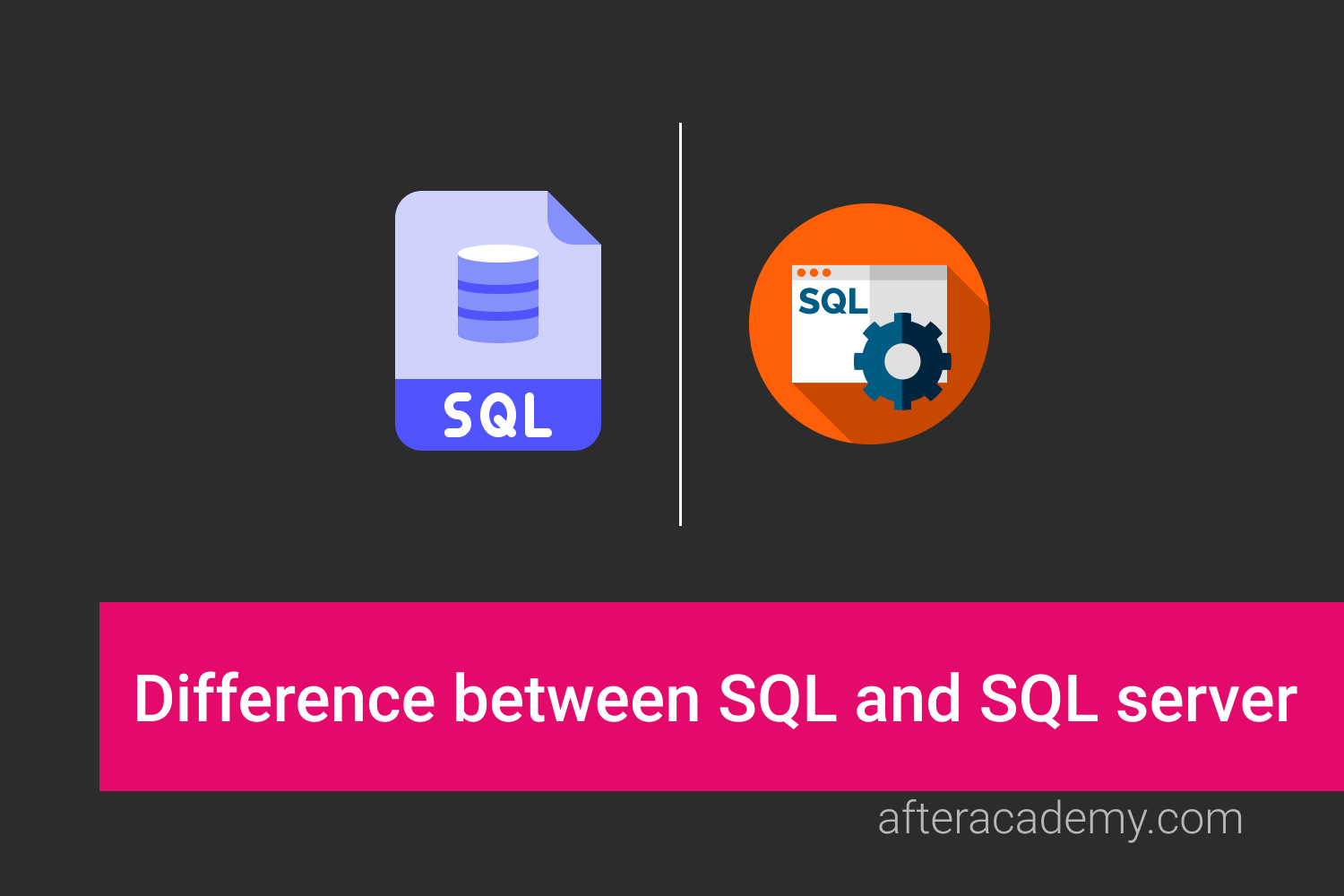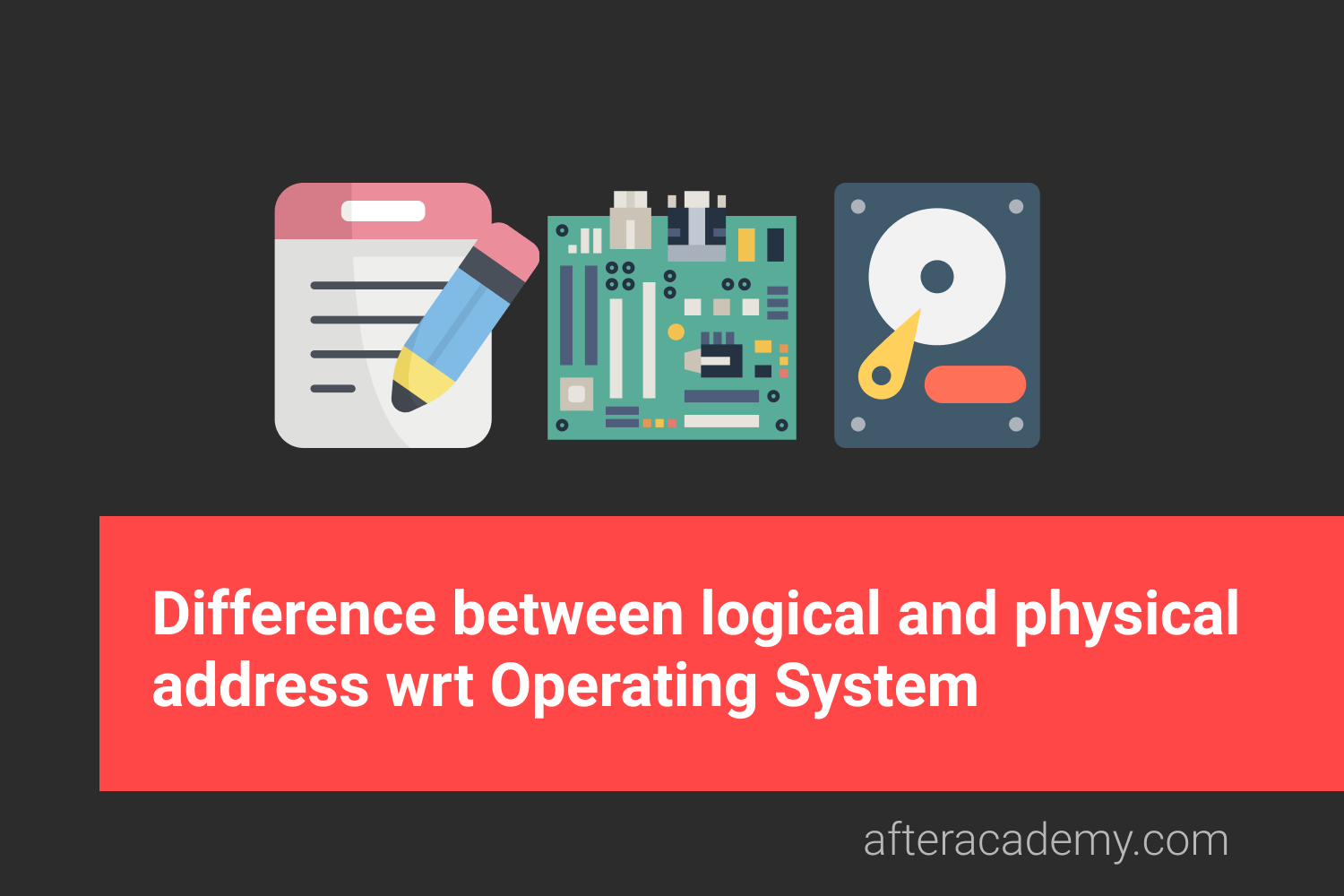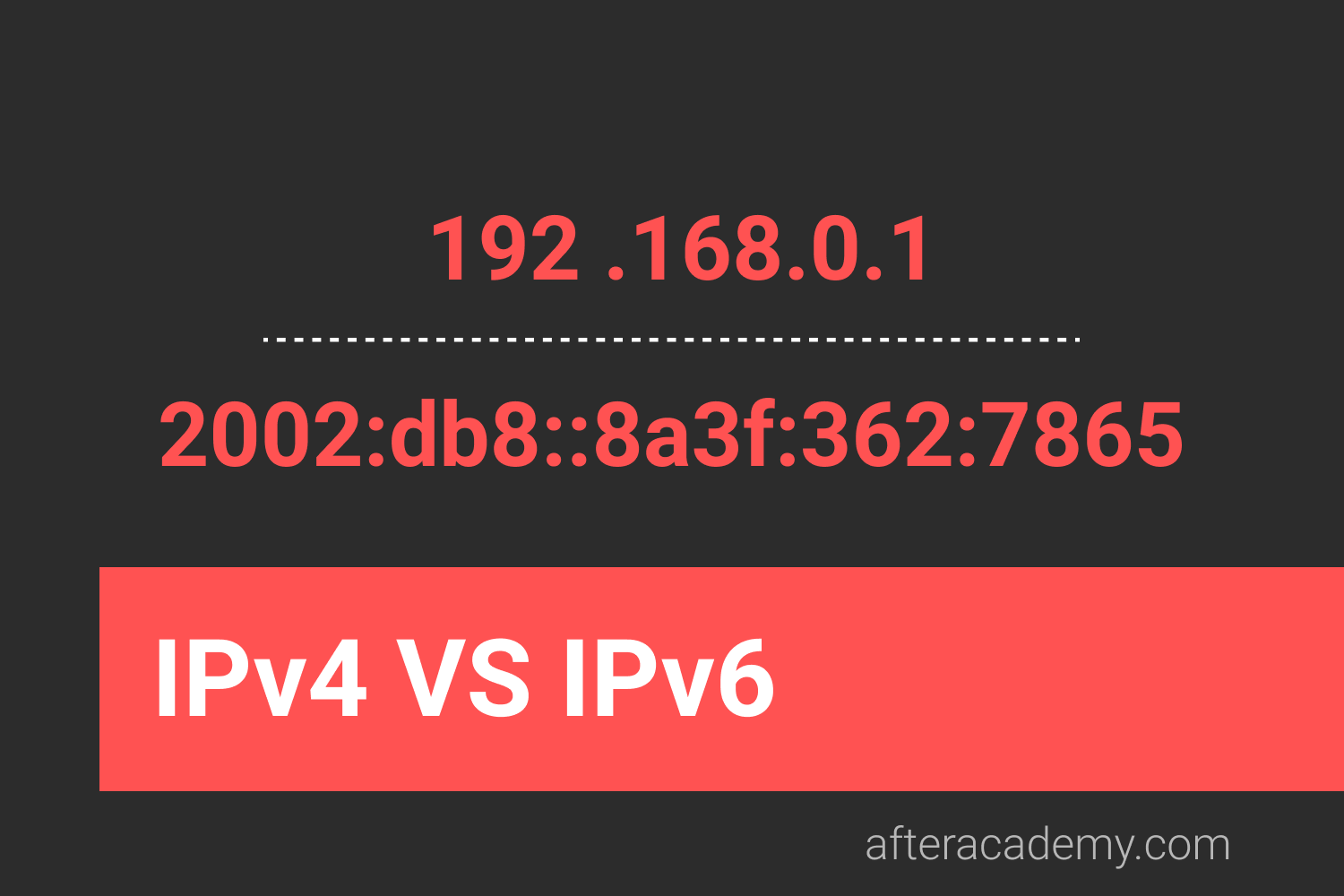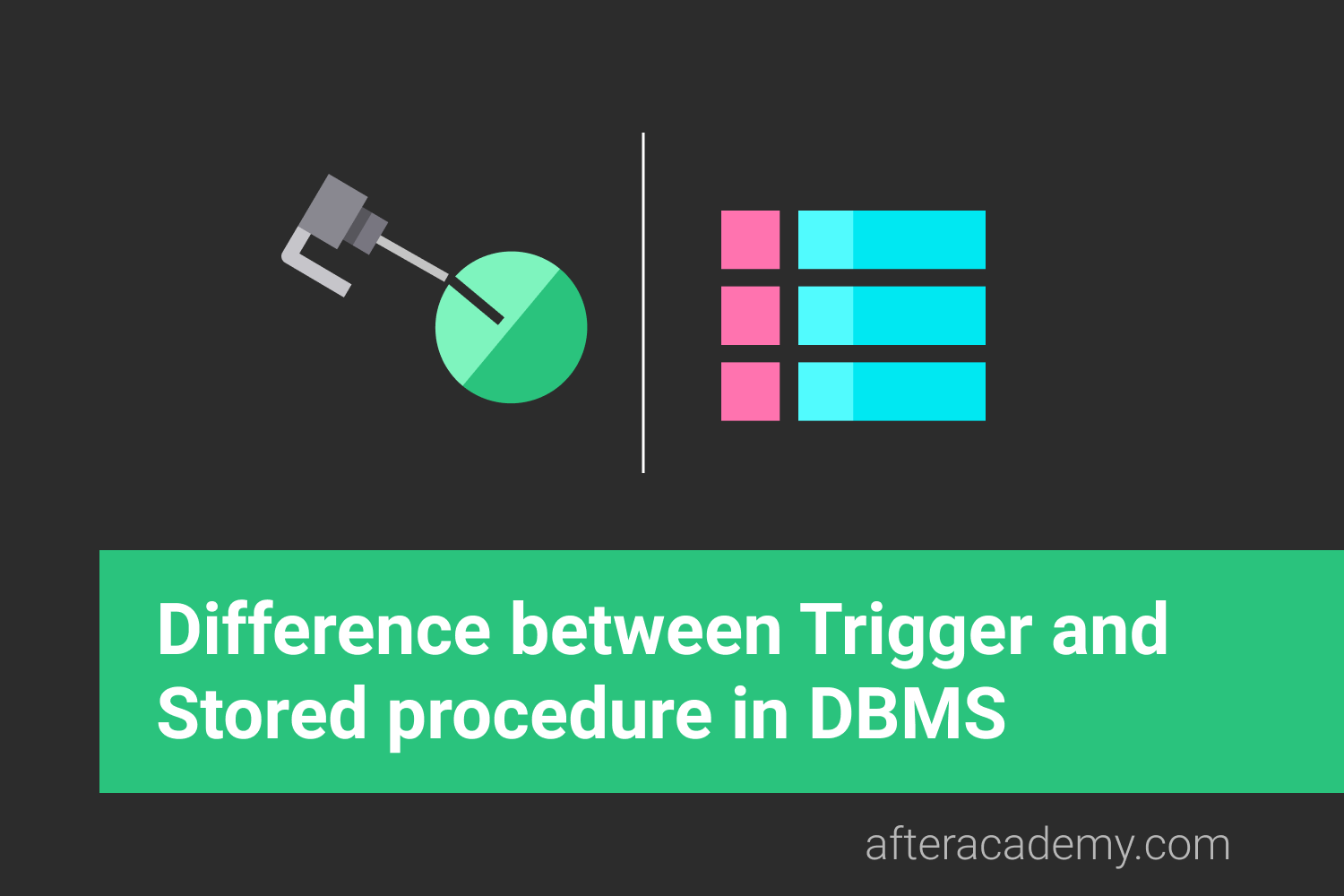What is the difference between Unicasting, Anycasting, Multicasting, and Broadcasting?

In computer networks, when we have to send any message to other nodes, we first think of the audience, who will be receiving this message. The message is intended either for a single node, or a group of nodes, or to all nodes as per the needs. Due to this, we use various network traffic or transmission types. These types are classified according to the receiver. The four network transmission types are as follows:
- Unicasting
- Anycasting
- Multicasting
- Broadcasting
Now, we'll learn these transmission types one by one in detail.
1. Unicasting
Unicasting is the most commonly used data transmission type on the internet. In Unicasting, the data traffic flows from a single source node to a single destination node on the network. It is a 'one-to-one' type of data transmission between the sender and receiver. In other words, we can say that a single station is sending information to another station on the network. The below-mentioned diagram best describes unicasting:
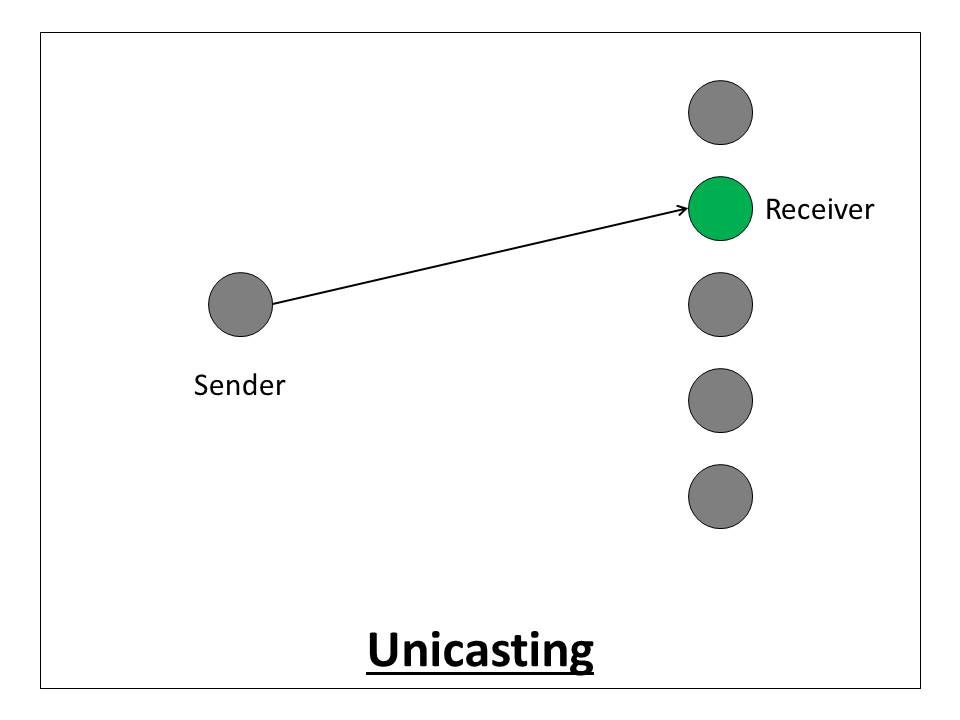
It can be best implemented in computer-to-computer or server-to-server or client-to-server kind of communications. SMTP(Simple Mail Transfer Protocol) protocol can be used for unicasting an email on the internet. Similarly, FTP(File Transfer Protocol) can be used for unicasting a particular file from one computer to another on the network. Some other protocols like HTTP(HyperText Markup Language), Telnet, etc. can also be used for unicasting on the network.
The scope of unicasting is within the whole network. One-to-one type communication maintains the privacy of the information between two devices. The major tasks that can be performed using unicasting are web surfing and file transfer.
Following are the advantages of using Unicasting:
- It provides dedicated point-to-point communication between devices.
- It maintains data privacy, as it is shared only with a single destination.
Following are the disadvantages of using Unicasting:
- It is not efficient if we have to send the same message to multiple devices.
2. Anycasting
Anycast is a one-to-nearest kind of transmission in which a single source sends a message to the nearest destination(among multiple possible destinations). It can only be implemented using IPv6 addressing. IPv4 addressing can not be used for anycasting. In Anycasting, a single IPv6 address is assigned to multiple devices in the network. Anycasting is described in the below-mentioned diagram.

Anycasting is mainly used by Routers. The Anycast address is an address that can be assigned to a group of devices on the network(mostly routers). In the above diagram, all the devices with green shade have the same anycast address. But the data is received by only one device, which is in dark green shade(because it was the first one to receive the message).
In Anycasting, any data sent to the anycast address is forwarded to the nearest device having the destination anycast address. The Router decides the nearest device with the help of the routing table. The nearest is calculated based on the number of hops, distance, efficiency, latency, and cost.
For Example , if we search something on the internet, the request is fulfilled by the nearest source using anycasting. In Anycast, the data is delivered to only one destination randomly(based on its distance from the source). In other words, the traffic is received by the nearest receiver amongst multiple receivers having the same IP and anycast address. Protocols like '6to4', etc. can be used for anycasting data packets in the network. The scope of anycasting is within the whole network.
Following are the advantages of using Anycasting:
- It provides efficient communication to the nearest device on the network.
- It maintains data privacy, as it is shared only with a single destination.
Following are the disadvantages of using Anycasting:
- It creates ambiguity in the network.
- There is an extra overhead of finding the nearest device for anycasting.
3. Multicasting
Multicast is a kind of transmission type in which a single source communicates a message to a group of devices. It is a kind of one-to-multiple transmission. All the devices which are interested in receiving the messages will have to first join the multicast group. Multicasting is described in the below-mentioned diagram:

Multicasting is used in an IP Multicast group in the network. The IP multicast group consists of all the devices which are interested in receiving the multicast traffic. The source need not be a member of that group. Multicasting is always done using a single source. Also, a multicast address can never be the source address.
Multicasting uses a class-D type of address(to connect multiple destination nodes for multicasting). If a sender multicasts some data on a destination address, all the devices that are connected to that destination IP Multicast group will receive that data. The IPv6 address uses a prefix 'FF00::/8' for multicasting the messages.
Multicasting acts as a middleware between unicasting and broadcasting. A common frame is shared with a group of interested devices. Due to this, the communication channel is efficiently used in multicasting. They are very specialized but is complex to implement. IGMP(Internet Group Message Protocol) is mainly used in multicasting. It is widely used for Multimedia delivery and stock exchanges.
There are mainly two types of Multicast Addresses, they are as follows:
- Well-Known: These are the multicast addresses that are used for all nodes and all routers predefined multicast groups. ' FF02::1 ' is used for multicasting the messages to all the nodes, while ' FF02::2 ' is used for multicasting the messages to all routers in the group.
- Solicited Node: A solicited-node address is valid within the network. Generally, each IPv6 is having one such address per interface. It is mainly used in Neighbour Discovery Protocol(which gathers the network's communication and configuration information).
Following are the advantages of using Multicasting:
- Messages will be delivered only to the interested nodes in the multicast group.
- There is an efficient use of the communication channel.
Following are the disadvantages of using Multicasting:
- It can not be implemented using IPv4 addressing.
- There is an extra overhead of forming multicast groups.
- It is complex to implement.
4. Broadcasting
Broadcasting is a transmission type in which the data traffic flows from a single source to all the devices on the network. It sends the information to every device at once. The same data is received by everyone, making it efficient for wide-spreading the message with all nodes. Broadcasting is an IPv4 specific data transmission type. The below-mentioned diagram best describes broadcasting.
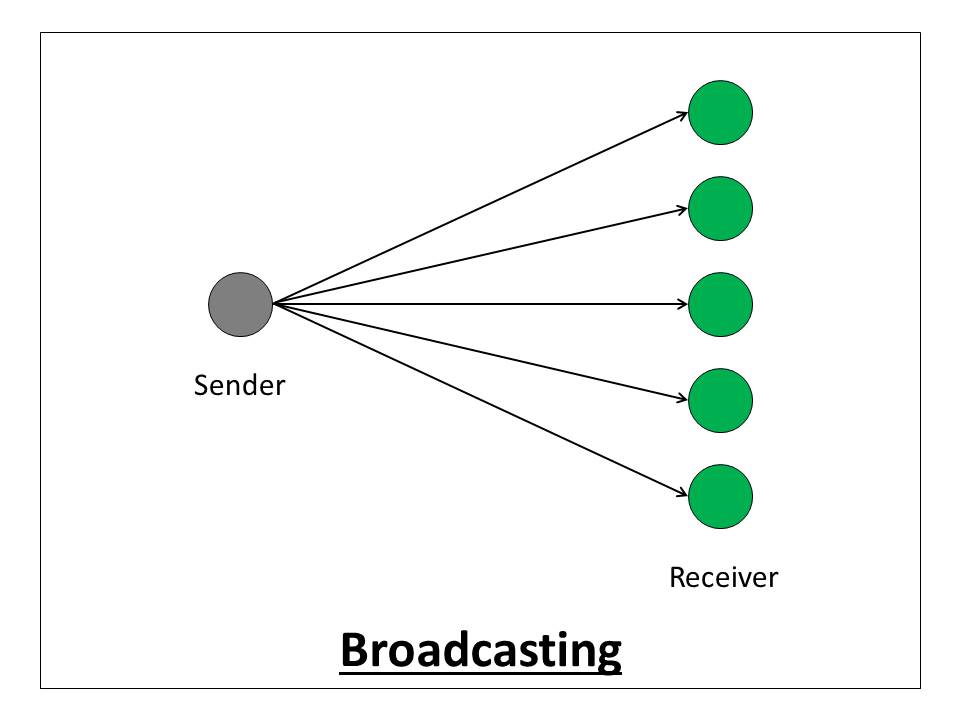
In broadcasting, every node has a look at the sent data and information in the network. HTTP(HyperText Transfer Protocol) can be used for broadcasting. For example , whenever we connect to the internet through HTTP, we broadcast requests to all devices asking about the DHCP server. It has a limited domain. The messages can be broadcasted within the broadcast domain, which is a local subnet.
A Hub generally performs broadcasting in a network. Broadcast is an IPv4 type of communication, where the message from a single sender can be heard by all other devices on the same broadcast network. It is mainly used when we do not have any specific destination address, and we want to wide-spread the message. For this, a special code in the address field is used to broadcast the messages. It can not be implemented using IPv6 addressing. It mostly induces unnecessary traffic on the communication channel. It is mainly used for broadcasting the Router updates and ARP(Address Resolution Protocol) requests.
There are mainly two types of Broadcasting, they are:
- Limited Broadcast: It is used to send or broadcast the messages to all nodes in the same network. '255.255.255.255' is the destination address used for limited broadcast.
- Directed Broadcast: It is used to broadcast the messages to all nodes of another network. In the last 24 bits of the destination address, '255.255.255' is used as a suffix for direct broadcast.
Following are the advantages of using Broadcasting:
- Messages will be delivered to all the nodes in the broadcast domain at the same time.
- It is efficient for the situation, where we want to share the messages with all other nodes.
- It is simple to implement.
Following are the disadvantages of using Broadcasting:
- It can not be implemented using IPv6 addressing.
- In most of the cases, there is unnecessary traffic in the communication channel.
This is all about the data transmission types, i.e., Unicasting, Anycasting, Multicasting, and Broadcasting. Hope you learned something new today. That's it for this blog.
Do share this blog with your friends to spread the knowledge. Visit our YouTube channel for more content. You can read more blogs from here .
Keep Learning :)
Team AfterAcademy!


